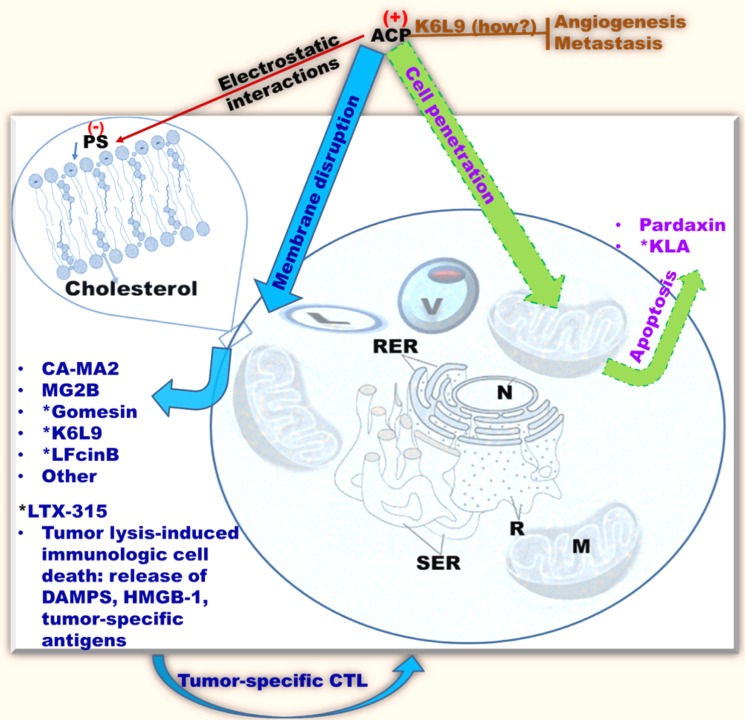Figure 2. Common antitumor mechanisms of cationic AMPs classified as ACPs.
ACPs (anticancer peptides), or cationic AMPs with anticancer properties, selectively recognize cancer cells by electrostatic interactions with negatively charged phospholipids on the surface of eukaryotic cells [e.g., PS (phosphatidylserine)]. Some ACPs demonstrate in vivo efficacy (e.g., *MGB2, Gomesin, K6L9, LTX-315); ACPs tend to kill cancer cells by membrane perturbation (blue/cyan), although some (e.g., KLA, Pardaxin) may penetrate the target cell and disrupt the mitochondrial membrane resulting in apoptosis (green/purple). (How?), mechanism unclear; brown perpendicular bar, inhibition; CTL, cytotoxic T-Lymphocytes; M, mitochondria, SER, smooth endoplasmic reticulum; RER, rough endoplasmic reticulum; R, ribosomes; N, nucleus; V, vacuole; L, lysosome; only cholesterol and other lipids are shown; membrane proteins are omitted for clarity.

